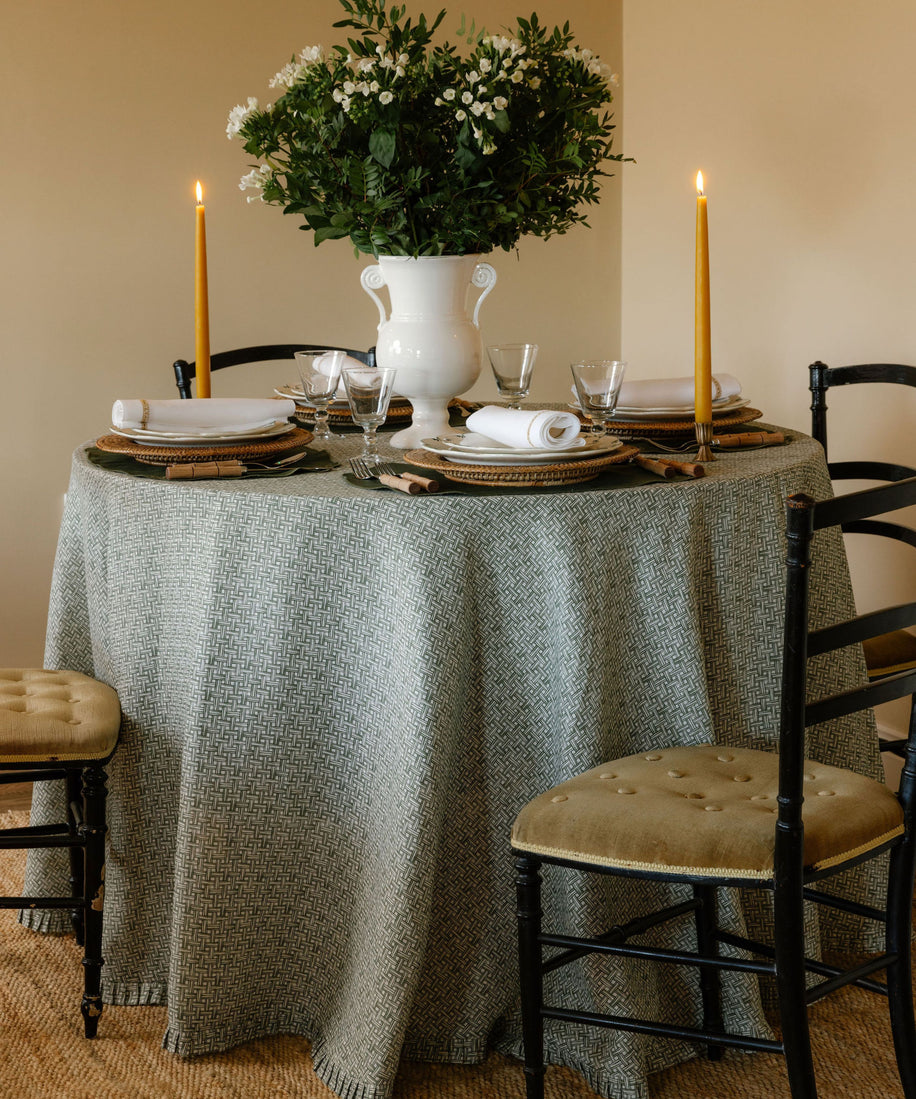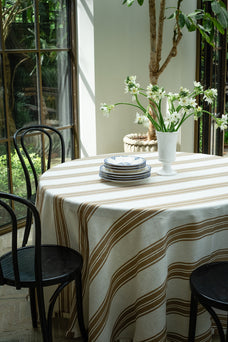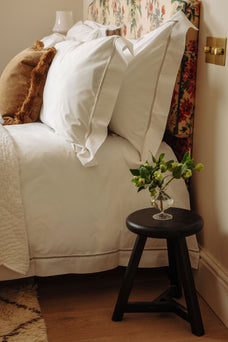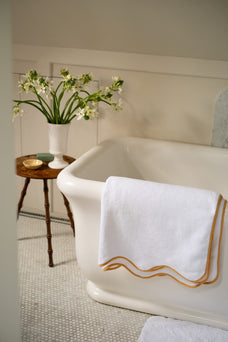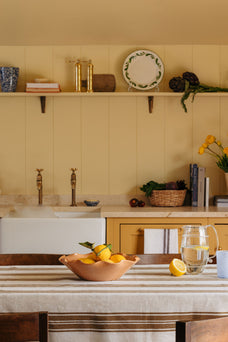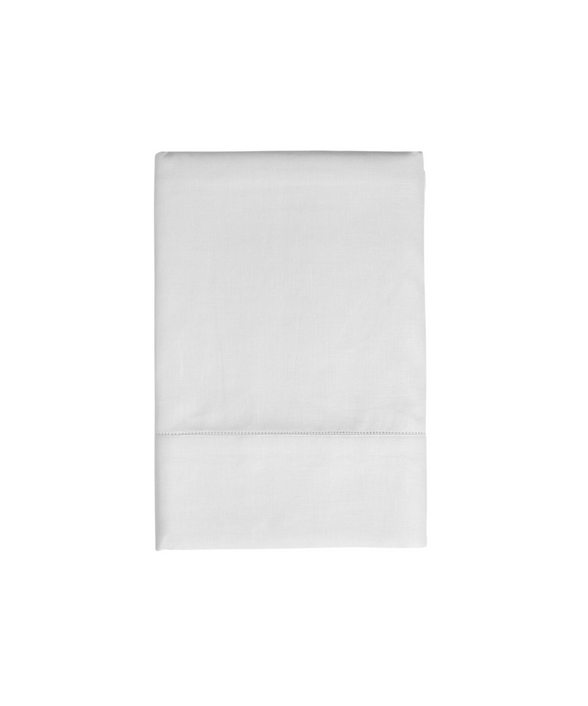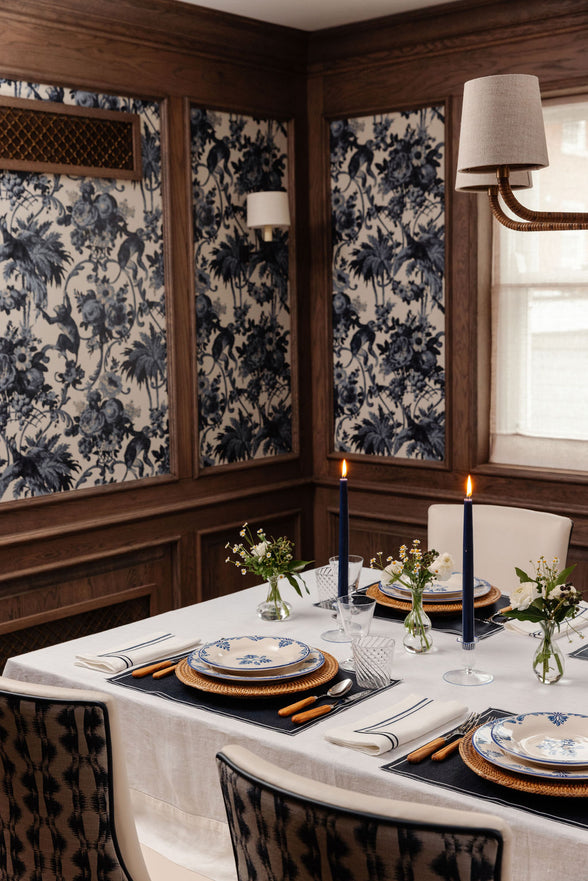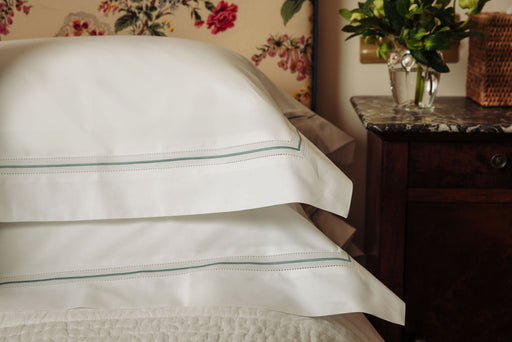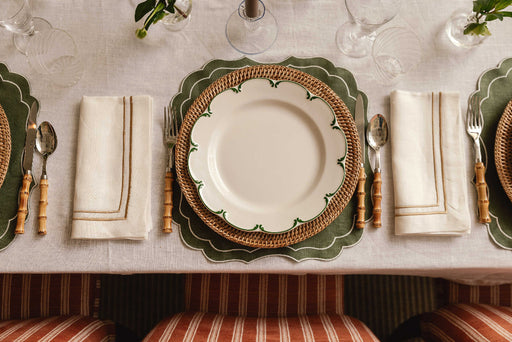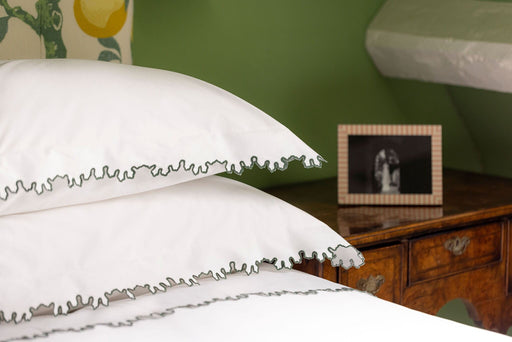All about: European linen
Europe has a strong heritage of growing and weaving the best quality linen. They are capable of achieving incredible fineness in the yarns and woven cloths whilst simultaneously maintaining yarn strength. This is possible due to the skills and expertise handed down from generation to generation over hundreds of years.
European weavers are also well known for being pioneers in finishing - an important stage which contributes to the drape and feel of the fabric, among others. Many areas in Europe also have soft water, which is utilised for bleaching, dyeing and finishing, elevating the linen's softness, handle and appearance.
European linen has an exceptional reputation for linen for two main reasons: heritage expertise & the natural environment. The climatic conditions and soil content is perfectly suited to growing flax (the plant from which linen is produced). Rebecca Udall's favourite linens are Italian and Irish, but Belgian, France and Lithuania also produce exceptional linen.

Cotton vs linen
Like cotton, the quality of linen is measured by the length, strength and fineness of the fibres, plus the weaving and finishing techniques undertaken by the weaver. However, linen is not measured with thread counts. Grams per square metre (gsm) is used to define weight.
Linen gsm is comparatively much lower than a cotton thread count as linen fibres are thicker - a 350gsm linen would be considered very heavy, whereas a 350 thread count cotton isn't particularly. A higher gsm will mean the linen is more hardwearing, however fibre length should also be considered. A higher gsm linen is more suited to upholstery.
Note that, as cotton, two linens with the same gsm can't be assumed to be equal quality. Some of the highest quality linens in the World have a low gsm; beautifully light with fine, long fibres. However, you could also have a poor quality linen with a low gsm: short, weak fibres and finished poorly - fabric that is not going to last well or feel nice to the touch.
Linen tends to be stiffer than cotton at point of purchase. High quality cotton bed sheets, for example, will last for around 5-10 years, yet European linen sheets can last 15-20 years and will get softer with each wash.
Generally, we believe you should invest the most you can afford when it comes to home textiles - the cost per wear is cheaper long term, and the product more enjoyable. Saying this, a higher price does not always mean better quality, so consider where the fabric is woven, how the retailer is buying - are they buying direct from the manufacturer? In which case, the end cost will be less than a longer chain of merchants.

Linen's eco-credentials
- Flax needs 5 times less fertilisers and pesticides than cotton to grow
- Flax (the plant from which linen is produced), is a self-pollinating crop
- Linen is the most hard wearing fibre known to man
- Linen gets softer with each wash, so with care you should not need to replace it with regular household use. France have a lovely traditional of typically handing down their linens.
- Linen is biodegradable and renewable
- It is naturally moth resistant, further increasing its life span
- The entire flax crop is used. Left over linseeds, oil, straw and fibre are used in a variety of ways from linoleum and soap to cattle feed and paper.

Health benefits of linen
- Linen is naturally antibacterial and hypoallergenic
- Linen is naturally insect repellent and offers UV protection
- The weave of linen fibres allows for airflow, keeping clothing away from the skin - hence it is so nice to wear in the summer!
Discover our collection of Table Linens, including placemats, napkins and tablecloths.

